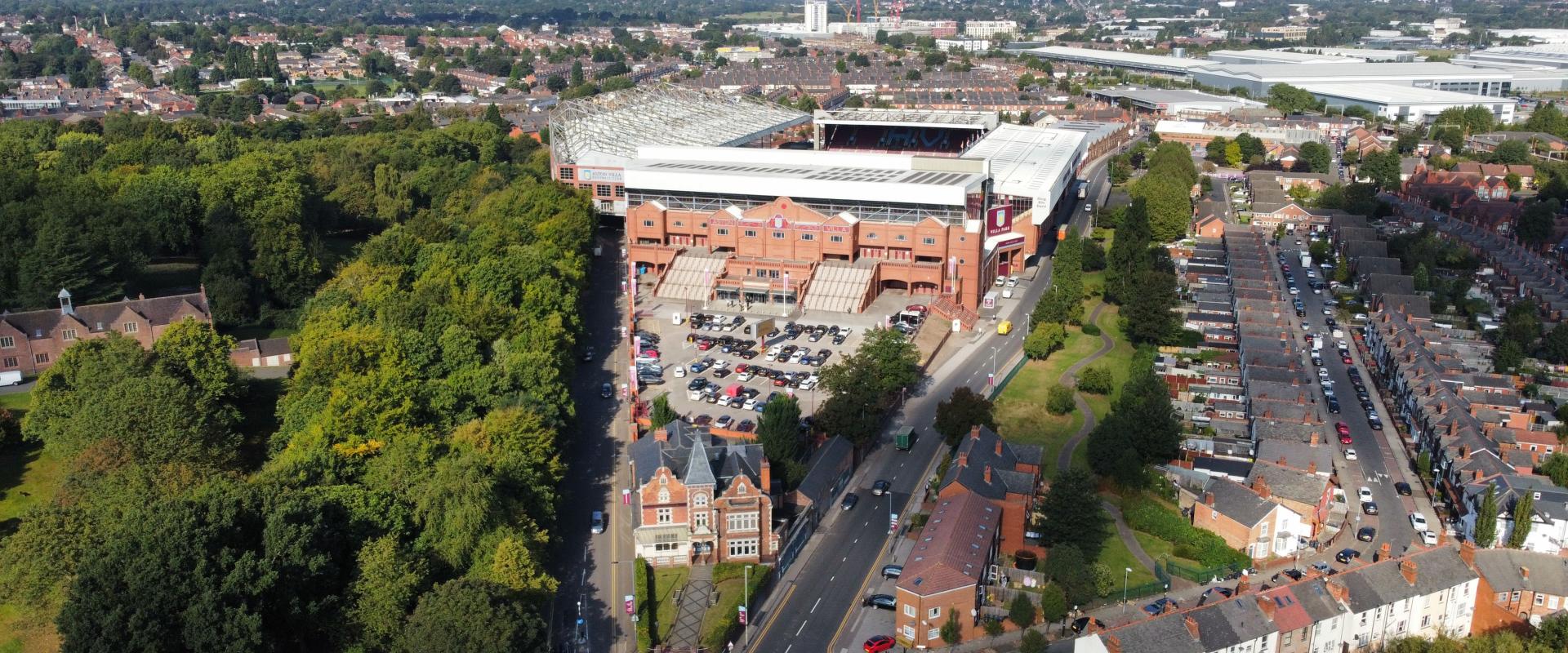
Women’s football is for the biggest stage – and purpose-built stadia is the future
21 May 2025
The final weekend of Women’s Super League action saw four matches played at main club stadia. Stamford Bridge, the King Power and Villa Park all hosted games, while Arsenal faced Manchester United at the Emirates only a week after the Manchester derby drew 40,000 fans to Old Trafford.
As the WSL season drew to a close and the Lionesses prepare to defend their European crown in Switzerland this summer, it’s worth remembering that their UEFA Women’s Euro 2022 triumph was the spark that ignited a surge in attendances, proving that women’s football has the power to fill major stadiums.
Matches at main club stadia were once seen as landmark moments - symbolic of the women’s game’s rising status, cultural relevance and commercial appeal. But while average attendances may have plateaued, a healthy and sustainable match-going fanbase has emerged. Now, it's clear that main stadia can only take the game so far.
To keep evolving, women’s football must find a home of its own - built for its players, its fans, and the future of the game. The next chapter isn’t about being guests at the men’s table, but about building infrastructure that reflects its own distinct identity and ambition.
A different fan, a different experience
Women’s football has cultivated a unique and modern fanbase, one that is reflective of the inclusive and progressive spirit of the sport. A female-skewed, family-orientated, health and sustainably conscious crowd isn’t necessarily how you’d describe the typical travelling fans at a Premier League game. It is, however, the makeup of women’s game fans.
Nearly half of women’s football fans are under the age of 44. A lifestyle-led, values-driven community where almost half are parents to children under 14, means it’s no surprise that stadium infrastructure intelligently designed for traditional football crowds falls short of meeting their needs.
Fans of the women’s game are interested in health & wellness, sustainability and travel. If we’re to serve this audience and drive attendance, pies and pints won’t cut it. Supporters want experiences that reflect their lives – somewhere to park the buggy, baby-changing facilities, breastfeeding rooms, sustainable and healthy food vendors. These are things which can’t easily be retrofitted, only achieved by design.
Athlete-first design must be non-negotiable
While the fan experience plays a crucial role in driving attendance, nothing is more important than what happens on the pitch.
The ACL injury crisis in women’s football is well documented. With female players up to nine times more likely to suffer such injury than their male counterparts, ongoing research is rightly focused on closing this gap. But expecting athletes to perform on pitch surfaces and wearing boots designed for men only exacerbates the risk.
Investing in elite environments where female athletes can thrive means accounting for their specific physiological needs - from biomechanics and hormonal influences on ligament laxity, to turf-stud compatibility and the softness of the playing surface. These factors must be fundamental considerations in the design of all infrastructure, from the pitches and stadiums to the training grounds and changing rooms.
These are factors which not only reduce injury risk, but enhance performance, leading to a richer product, more happy fans and increase commercial viability, attracting investors, brands and sponsors to support the growth of the sport more broadly.
This is the next step, and it’s one which cannot be taken without purpose-built stadia.
Run Communication’s women’s sport division Run X specialises on strategy, earned media, reputation & influence, social, creative, influencers & ambassadors to deliver an increased, engaged, and match ticket-purchasing community fan base for women’s football clubs and rights holders.
Reach out to [email protected] to learn more.
